July 07, 2025
The Complete Guide to a Masai Mara Safari in 2025
CM Content Team


View all
140+
Resorts
July 07, 2025
CM Content Team
Golden plains glow under the first light of dawn, stretching across the vast African savannah. Acacia trees rise sparsely from the earth. As the land stirs to life, herds of wildebeest begin to move, their hooves whispering through the dust. Near a shaded thicket, a lion stretches and yawns, its presence calm but commanding. Overhead, an eagle's piercing cry slices through the stillness, echoing across a landscape.
This is no ordinary morning, but the beginning of a Masai Mara safari. This reserve offers a journey that awakens every sense and stays with you long after the savannah fades from view.
Here is the 2025 complete guide to the Masai Mara for those seeking raw beauty, untamed wildlife, and unforgettable moments.
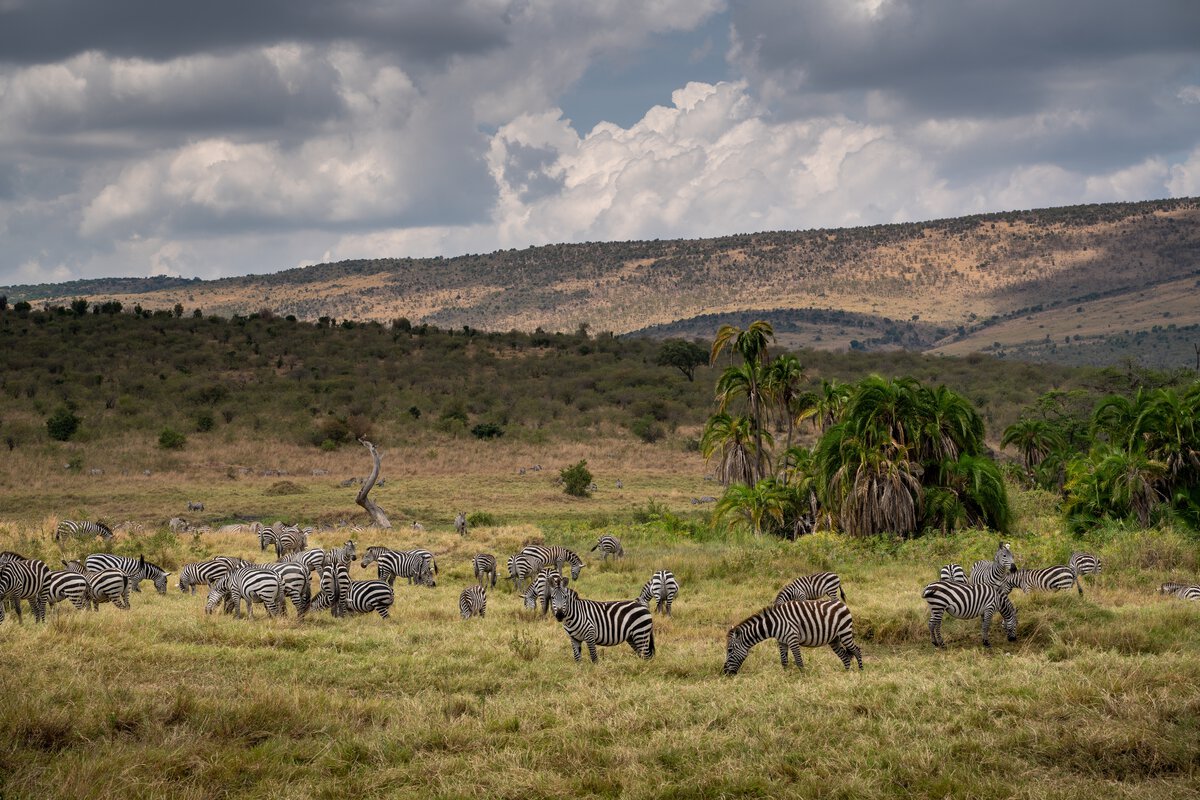
Masai Mara is more than just a place. It’s a feeling, a shift, an awakening. It is tucked away in southwestern Kenya and blends naturally into Tanzania’s Serengeti. This vast stretch of land covers about 370,000 acres, which is roughly the size of the National Capital Territory of Delhi.
The name itself comes from the Maasai people, the proud semi-nomadic tribe native to the region, and the Mara River that winds through the plains. In the Maasai language, “Mara” means “spotted”. The name is a reference to how the landscape appears from above, dotted with trees, shrubs, and scattered animal herds.
What makes the Masai Mara truly remarkable isn’t just its size or beauty but the life it holds. Golden grasslands ripple with movement, lions stalk the savannah, elephants graze in the distance, the thunder of migrating wildebeest echoes in the air, and over 450 species of birds flock to the sky. Masai Mara is truly wild, raw, and unforgettable.
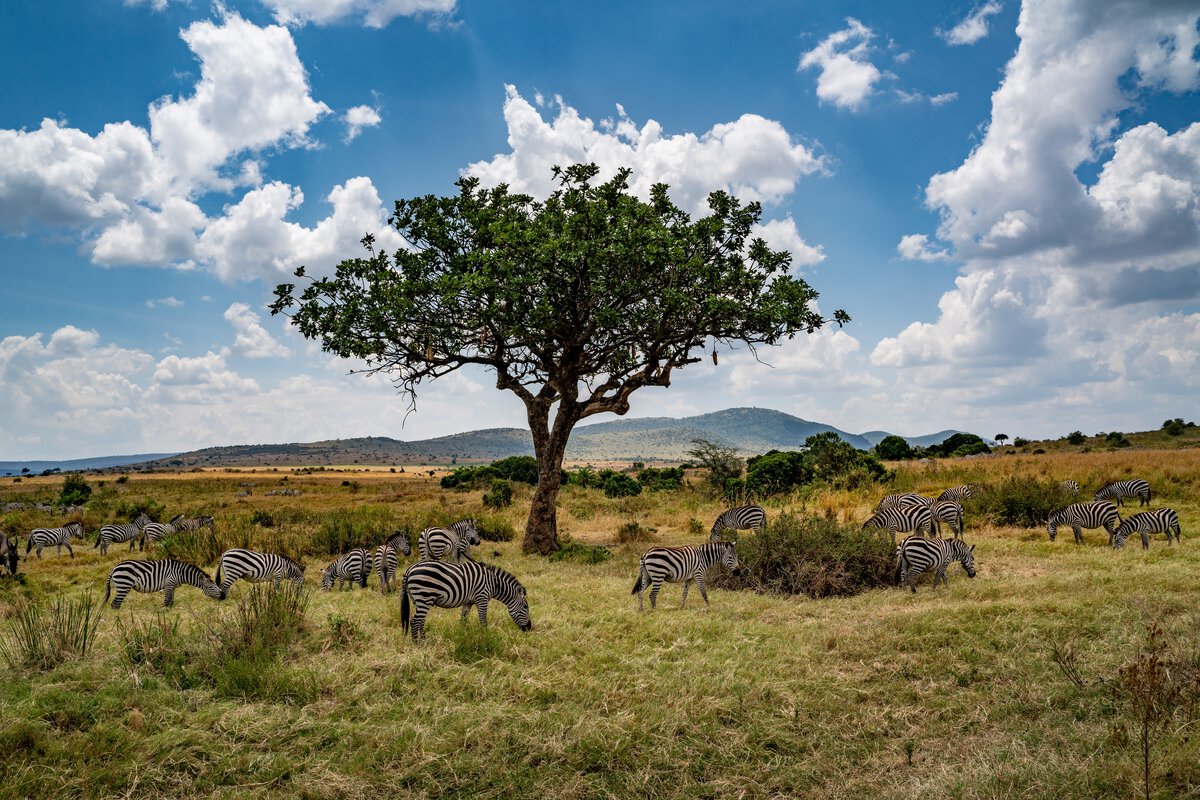
This period marks the peak of the Great Migration when millions of wildebeest, zebras, and gazelles cross from Tanzania’s Serengeti into the Masai Mara. It is one of nature’s most dramatic spectacles. These months offer front-row views of river crossings, predator-prey interactions, and large herds moving across the plains. Wildlife sightings are abundant, especially of the Big Cats and scavengers following the migration. The weather is dry and ideal for game drives. It makes it the busiest and most expensive time to visit, so early bookings are essential.
If you prefer fewer crowds and clear skies, the short dry season from December to February is a great choice. The vegetation is less dense, making it easier to spot lions, leopards, and cheetahs. These months are also slightly warmer and drier, ideal for photography and relaxed game viewing. With fewer tourists and excellent wildlife sightings, this shoulder season offers a balanced blend of adventure and tranquillity.
The Mara transforms during the green season. Afternoon showers revive the landscape, turning the plains a rich, vibrant green. Though some game drives may be delayed due to muddy tracks, the scenery is stunning, and the birdlife is exceptional. Fewer visitors and lower rates make this an appealing time for budget-conscious travellers and photographers who appreciate the park’s lush, less-travelled side.
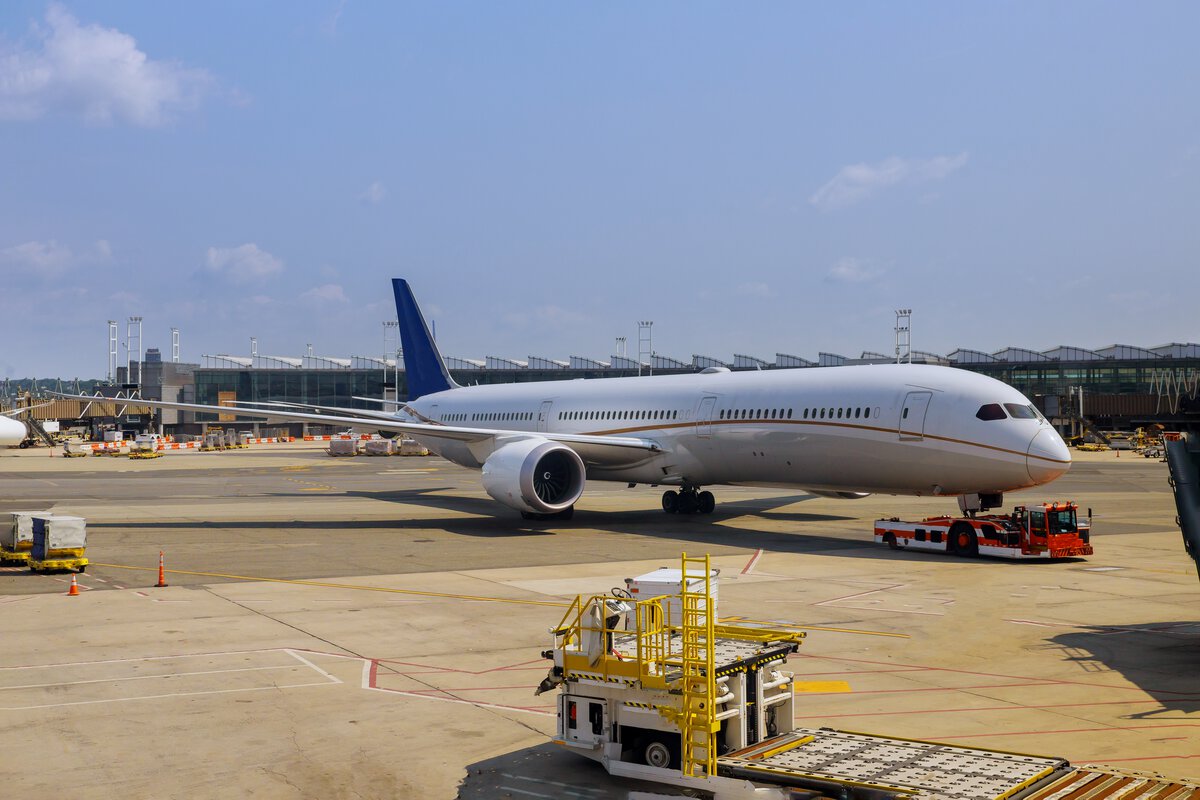
Indian travellers require a Kenyan Electronic Travel Authorisation (eTA), which must be applied for online before departure. Required documents include a valid passport (minimum six months validity), return tickets, accommodation details, and a yellow fever vaccination certificate.
To get to Masai Mara, first fly to Nairobi. Major cities like Delhi and Mumbai offer regular flights to Jomo Kenyatta International Airport (NBO). From Nairobi, travellers can choose to reach Masai Mara by air or by road.
Masai Mara lies approximately 270–300 km from Nairobi, depending on the gate or airstrip you enter from. Most travellers choose Ol Kiombo or Keekorok for central access.
The fastest option is a 45-minute domestic flight from Wilson Airport to various airstrips near the reserve. Alternatively, a 5 to 6-hour drive offers a scenic journey through rural Kenya, though roads can be rough, so a sturdy 4x4 vehicle with an experienced driver is recommended.
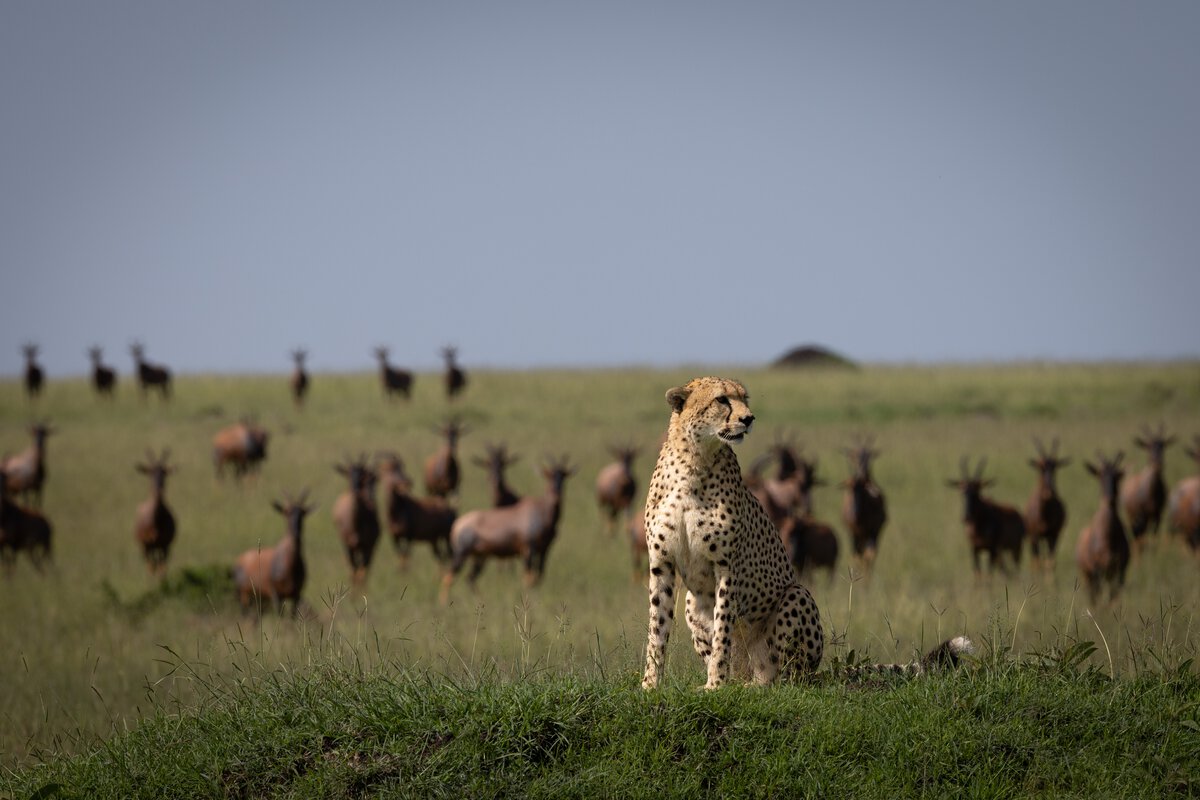
Each day in the Masai Mara begins and ends with a game drive, which is a guided excursion through the savannah when wildlife is most active. At sunrise and sunset, open-roof 4x4 vehicles move quietly across the golden grasslands. You might come across a pride of lions stretching awake, elephants marching through the mist, or a cheetah surveying the plains. No two drives are ever the same. Some are filled with high drama, while others offer peaceful moments near a waterhole. With expert guides leading the way, game drives allow you to experience the wild up close and with deep reverence.
The Big Five refers to Africa’s most famous animals: the lion, leopard, elephant, buffalo, and rhinoceros. Originally named for the challenge they posed to hunters, today they are the stars of every safari. In Masai Mara, spotting all five is entirely possible. Lions dominate the grasslands, leopards blend into the trees, elephants travel in herds, buffaloes graze in large groups, and with some luck, a rhino might make a rare appearance. For many travellers, seeing the Big Five is the highlight of their journey through the Mara.
From July to October, the Masai Mara becomes the stage for the Great Migration—one of the most awe-inspiring events in the natural world. Over a million wildebeest, zebras, and gazelles cross from the Serengeti, risking life at crocodile-filled rivers and predator-lined banks. The sound of thundering hooves, swirling dust, and instinct-driven chaos makes for a spectacle that’s both powerful and emotional. It’s a moment in nature that few ever forget.
Beyond the iconic Big Five, Masai Mara is a haven for birdwatchers and lovers of the small and often overlooked. With over 450 bird species, including lilac-breasted rollers and martial eagles, the skies and trees are alive with colour and song. On the ground, creatures like rock hyraxes and dung beetles play out quieter dramas. These lesser-seen animals offer depth and nuance, showing that the Mara’s magic lies in the details as much as the grandeur.
Masai Mara is a dream for photographers. The golden light of early morning, vast open plains, and dynamic wildlife behaviour create scenes that feel surreal. Whether using a professional camera or a smartphone, opportunities to capture breathtaking https://www.clubmahindra.com/blog/images are endless. Some lodges even offer photographic safaris with expert guides. Patience often rewards you with intimate moments—a lion cub nestled against its mother or a giraffe silhouetted by the setting sun. In the Mara, every frame tells a story.
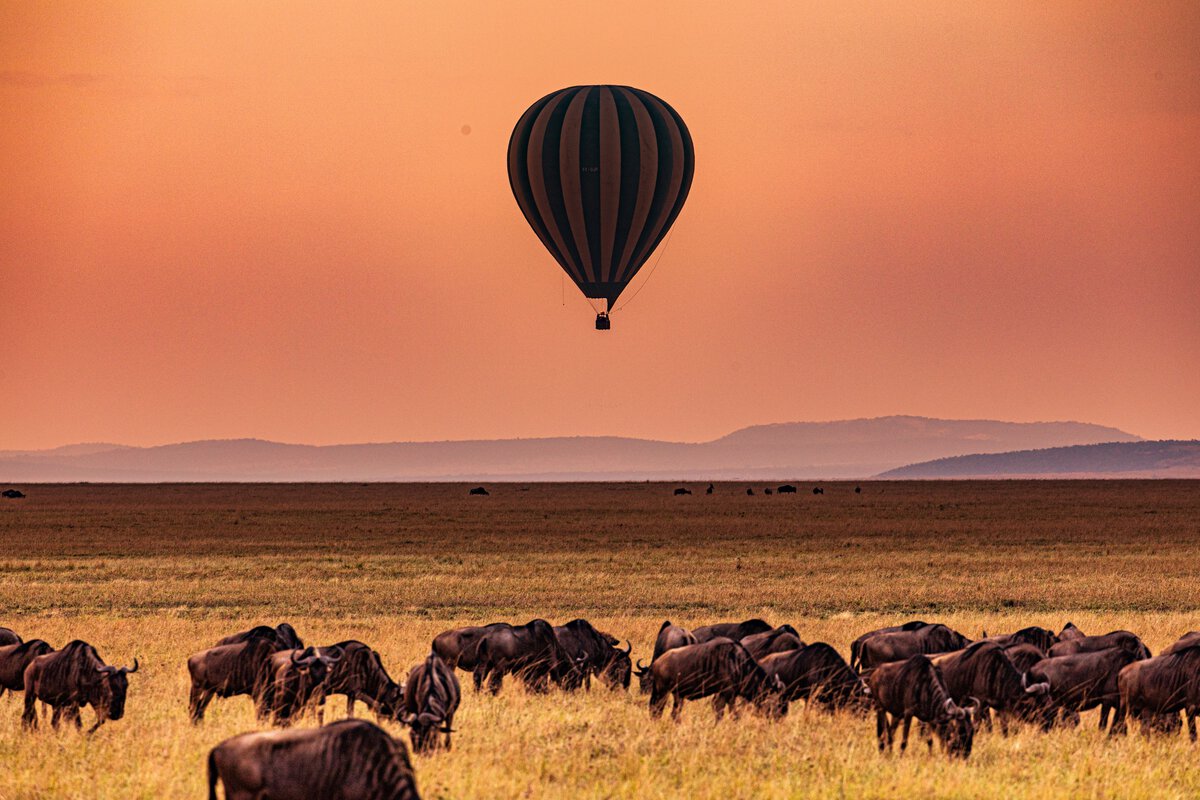
Floating above the Masai Mara at sunrise is a magical experience. As the balloon lifts off, the plains glow with golden light, and herds move silently below. The one-hour flight reveals breathtaking views of rivers and wildlife. It ends with a bush breakfast in the open savannah, making it one of the most serene and unforgettable ways to witness the beauty of the Mara.
After sunset, the Masai Mara reveals its hidden life. In surrounding conservancies, night drives offer a chance to see nocturnal animals like aardvarks, civets, and porcupines, while predators such as lions and leopards roam in the cool night air. With spotlights and expert guides, the experience feels completely different from the day. The bush grows quieter, the stars come out, and every sound feels closer.
A sundowner marks the perfect end to a day in the wild. As the sun dips below the horizon, your guide selects a scenic spot for light refreshments. The sky turns shades of amber and rose, while the sounds of the savannah settle around you. It is a time to pause, take in the view, and reflect on the day’s adventures in peaceful surroundings.
A visit to a Maasai village offers a meaningful connection to the land and its people. The Maasai welcome guests into traditional manyattas made of mud and wood, sharing their customs, dances, and daily life. You may learn about beadwork, cattle herding, and storytelling traditions. These visits provide a glimpse into a proud, enduring culture and offer a chance to support local communities responsibly.
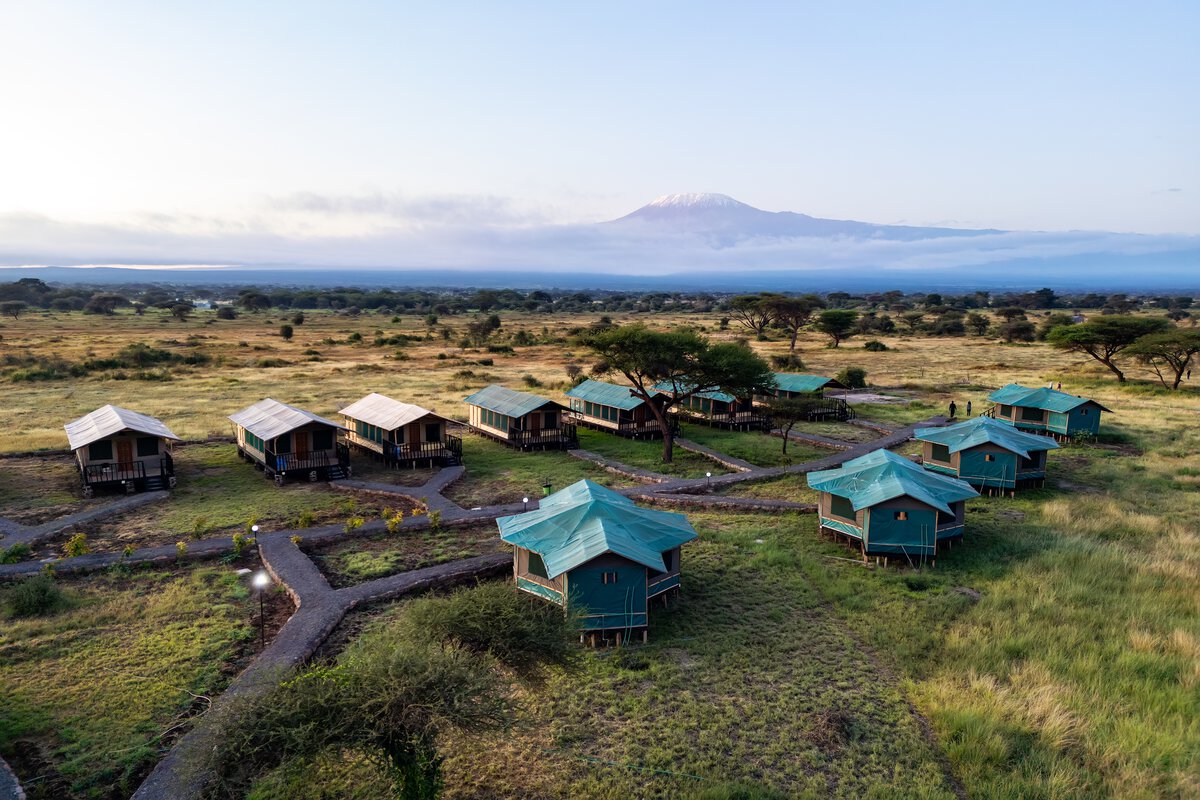
Luxury lodges are perfect for travellers seeking high-end comfort and privacy. These offer spacious suites, gourmet dining, spa services, and personalised game drives. Many are located in private conservancies, allowing for exclusive experiences such as night drives and guided bush walks.
Tented camps provide an immersive safari experience with the charm of being close to nature. Though made of canvas, these tents often include proper beds, en-suite bathrooms, and well-appointed interiors, making them a comfortable yet authentic choice.
Eco-lodges and mid-range camps balance cost and comfort. They typically feature shared safaris, buffet-style meals, and environmentally conscious practices such as solar power and water conservation. These camps often foster a warm, communal atmosphere.
Budget-friendly stays, such as mobile or community-run camps, offer basic amenities while keeping you close to the wildlife action. Ideal for solo travellers or small groups, these options prioritise experience over luxury.
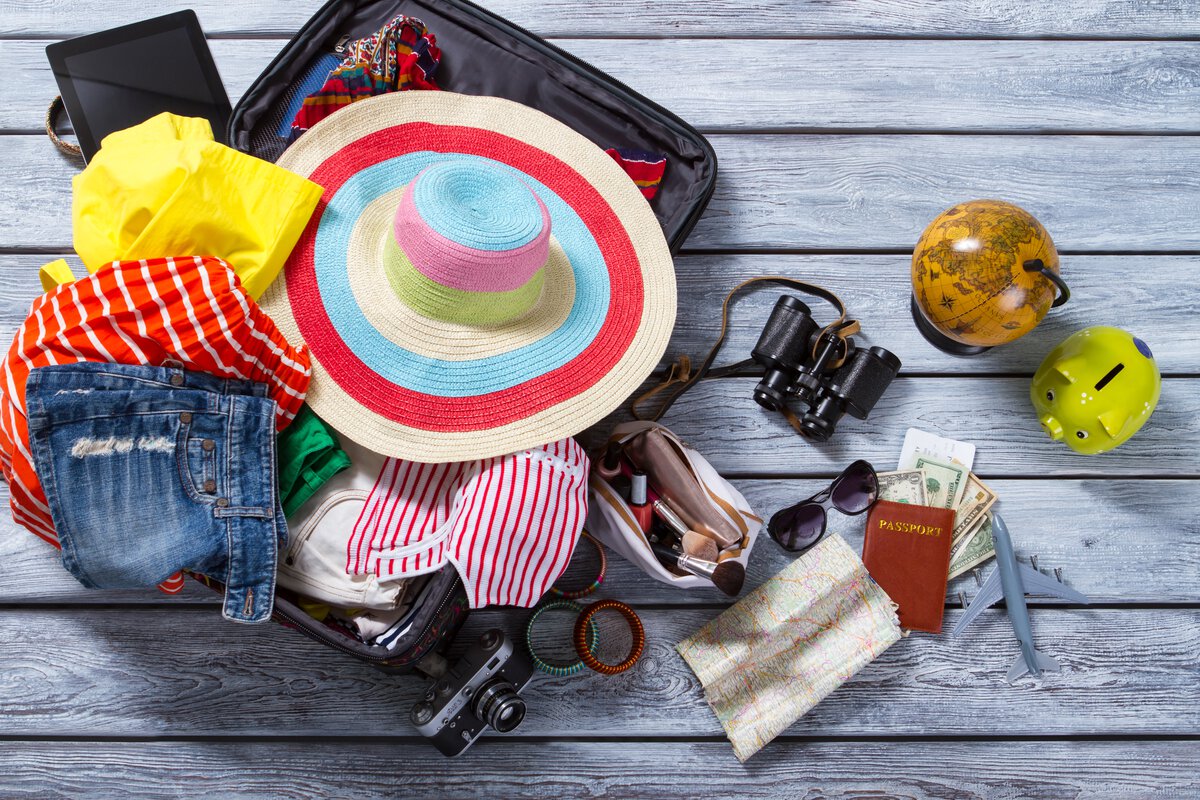
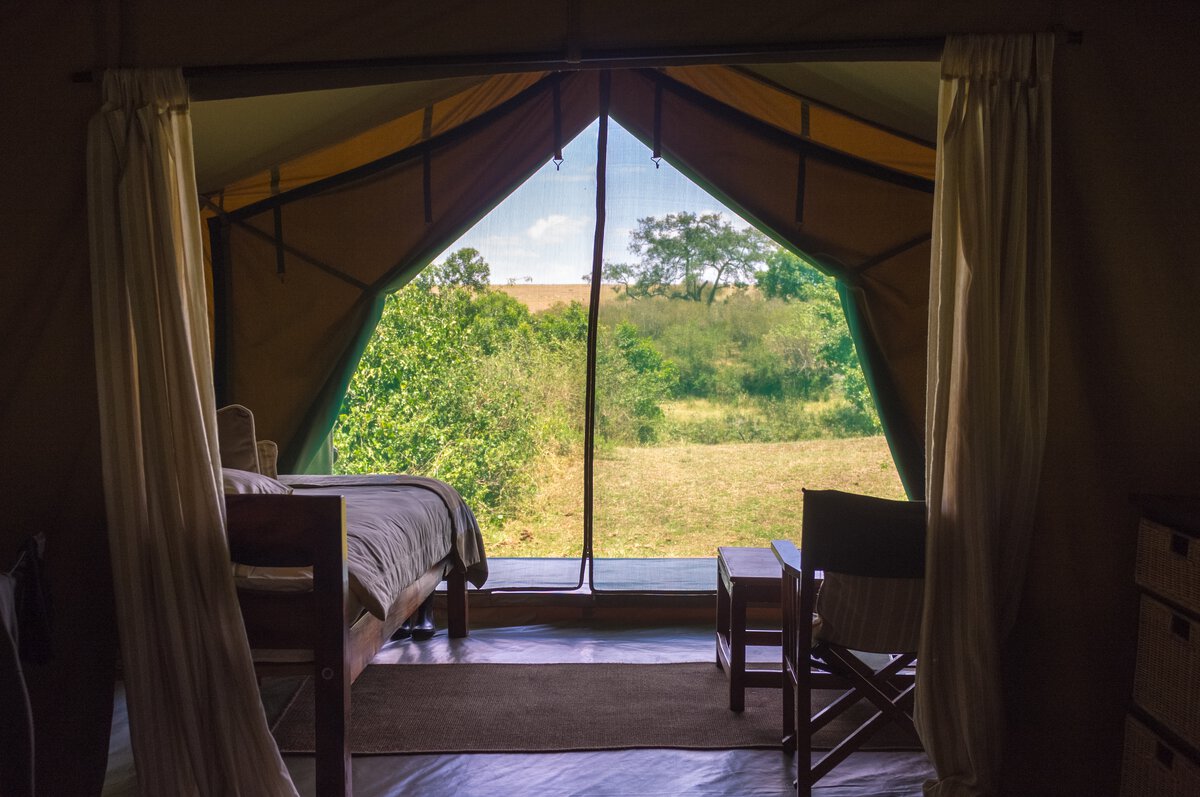
For non-residents, entry is approximate. ₹8,300 per adult per day (Jan–June) and ₹16,600 per adult per day (July–Dec).
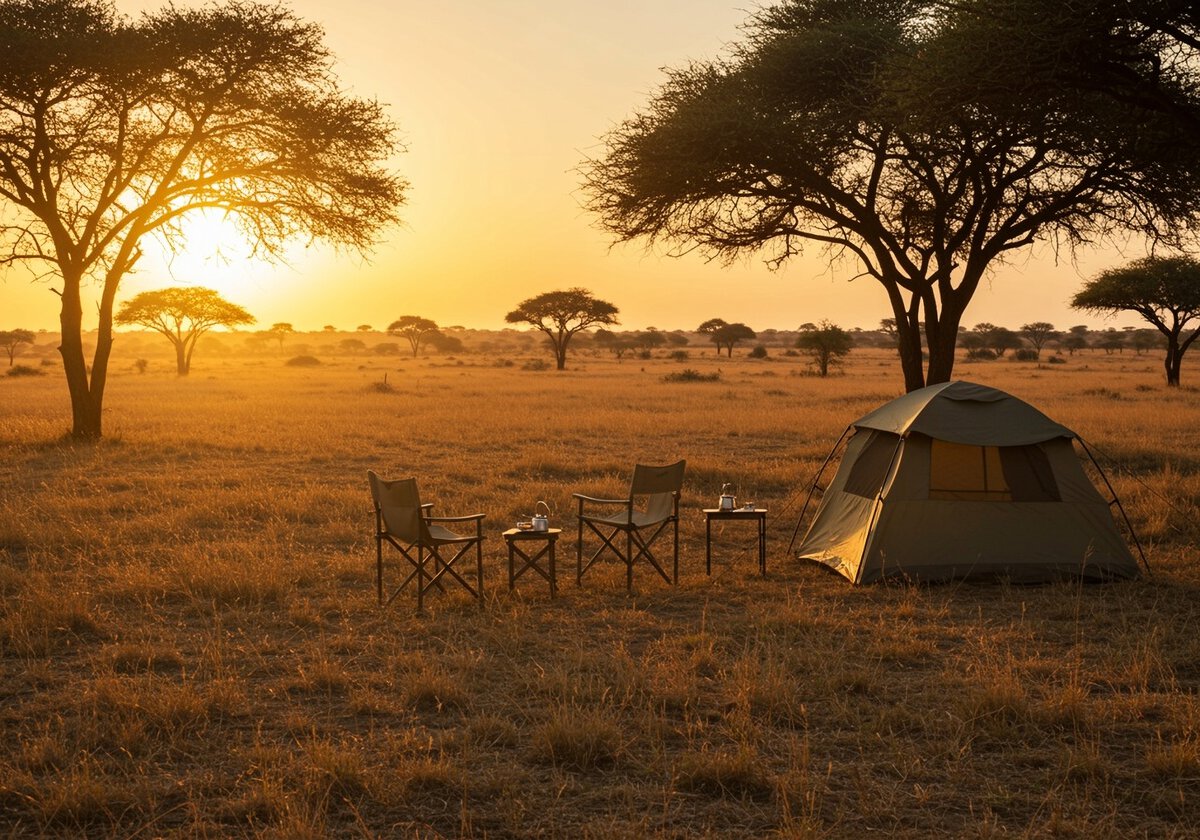
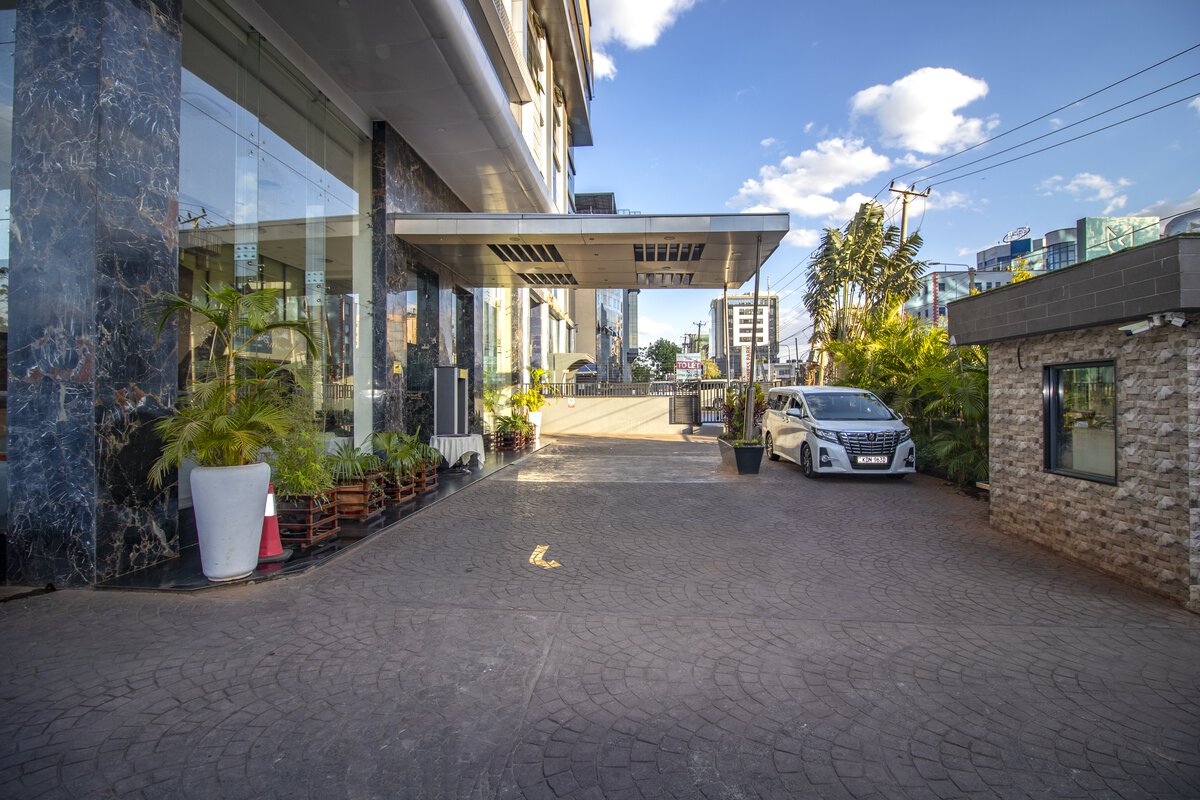
For Club Mahindra members or anyone seeking a comfortable and strategically located hotel in Nairobi, Golden Tulip Westlands Nairobi serves as a smart choice. As a Club Mahindra associate resort, it offers a seamless blend of modern hospitality and local warmth.
Positioned in one of Nairobi’s most vibrant neighbourhoods, this resort in Nairobi is within easy reach of both Jomo Kenyatta International Airport and Wilson Airport, the latter being the departure point for flights to the Masai Mara. With well-appointed rooms, dining options, and panoramic city views from its rooftop lounge, Golden Tulip Westlands Nairobi makes for an ideal base at either end of your safari adventure.
A journey to the Masai Mara is more than a getaway. It is a return to something real. From the drama of the Great Migration to quiet moments in the wild, every experience leaves a lasting imprint. At Club Mahindra, we believe in travel that connects and inspires. While Masai Mara is not yet part of our portfolio, stays like Golden Tulip Westlands Nairobi reflect our commitment to curated global journeys. The wild is waiting.
The best time is from July to October, during the Great Migration, when wildlife sightings are at their peak.
The Big Five refers to the lion, leopard, elephant, buffalo, and rhinoceros. Yes, all five can be spotted in Masai Mara with a bit of luck.
Yes, Indian citizens need to apply online for a Kenyan Electronic Travel Authorization (eTA) before departure.
Pack neutral-coloured clothes, light layers, closed shoes, and sun protection like hats and sunglasses.
Yes, it is safe when visiting with licensed tour operators and following park rules.
While there’s no Club Mahindra resort in the Mara, members can stay at Golden Tulip Westlands Nairobi, an associate property.
A 3 to 5-day safari is ideal to explore the reserve and enjoy varied game drives.
Mahindra Holidays & Resorts India Ltd. (MHRIL), a part of Leisure and Hospitality sector of the Mahindra Group, offers quality family holidays primarily through vacation ownership memberships and brings to the industry values such as reliability, trust and customer satisfaction. Started in 1996, the company's flagship brand ‘Club Mahindra’, today has over 300,000 members , who can holiday at 140+ resorts in India and abroad.
We use cookies to personalise content and to provide you with an improved user experience.By Continuing to browse this site you consent to the use of cookies.Please visit our cookie policy for further details.

Welcome to ClubMahindra.com In order to provide a personalised experience for you, we use cookies to enable some website functionality. Cookies help us see which articles most interest you; allow you to easily share articles on social media channels; permit us to deliver content personalised to your interests and locations; along with many other site benefits. For more information, please review our Cookie Policy
When you visit any website, it may store or retrieve information on your browser, mostly in the form of cookies. This information might be about you, your preferences or your device and is mostly used to make the site work as you expect it to. The information does not usually directly identify you, but it can give you a more personalized web experience. Because we respect your right to privacy, you can choose not to allow some types of cookies. Click on the different category headings to find out more and change our default settings. However, blocking some types of cookies may impact your experience of the site and the services we are able to offer.
Because we respect your right to privacy, you can choose not to allow some types of cookies and you have the right to withdraw your consent by send a mail to email id [email protected]
These cookies are essential in order to enable you to move around the site and use its features, such as accessing secure areas of the site. Without these cookies, services you have asked for cannot be provided.
These cookies allow us to employ data analytics so we can measure and improve the performance of our site and provide more relevant content to you. These cookies don't collect information that identifies a visitor down to an individual level that is available to us. These cookies are not passing personally identifiable information to any external third party other than in limited cases when we engage a service provider to act on our behalf but who is then unable to use the data for their own purposes.
Performance cookies are generally third-party cookies from vendors we work with or who work on our behalf that collect information about your visit and use of the Club Mahindra website, for instance which pages you visit the most often, and if you get error messages from web pages. These cookies don't collect information that identifies a visitor. All information these cookies collect is anonymous and is only used to improve your overall experience on how the website works. Third party vendors may have access to this data and may use it to improve their overall services and offerings.
Functionality cookies allow a site to remember choices you make (such as your user name, language or the region you are in) and provide more enhanced, personal features. These cookies cannot track your browsing activity on other websites. They don't gather any information about you that could be used for advertising or remembering where you've been on the Internet outside our site.
Third-party advertising and social media cookies are used to (1) deliver advertisements more relevant to you and your interests; (2) limit the number of times you see an advertisement; (3) help measure the effectiveness of the advertising campaign; and (4) understand people's behaviour after they view an advertisement. They are usually placed on behalf of advertising networks with the site operator's permission. They remember that you have visited a site and quite often they will be linked to site functionality provided by the other organization. This may impact the content and messages you see on other websites you visit. If you do not allow these cookies you may not be able to use or see certain these sharing tools content on our website.